
Olah with Drs. Ingo Potrykus (left) and Peter Beyer at the University of Freiburg, Germany.
Golden Rice is being hailed by scientists worldwide as one of the success stories using biotechnology. What is the involvement of ISAAA to disseminate this variety? What is your involvement? Can you give us the plusses and minuses why the Philippines should adopt this variety?
Golden Rice will be an important supplement since it will provide the necessary vitamin A that is lacking in the diet of Filipinos living in rural areas where vitamin A deficiency (VAD) is prevalent. Poor Filipinos can hardly afford to buy meat, fish and vegetables which are sources of vitamin A. Currently, 2 in every 10 pregnant and lactating women, and 4 in every 10 children 6 mos to 5 years old have VAD. It is important that people especially these susceptible ones be given vitamin A sources to nurture the growing fetus and the developing minds of the young children.
My involvement in the Golden Rice project started when I did my postdoctoral studies at the University of Freiburg, Germany. I conducted three research projects on genetic transformation of rice for inulin, improved provitamin A content, and later on the initial experiments for vitamin E. Half-way through my first year as a postdoc, PhilRice was invited to collaborate with the University together with the other members to be a part of a rice consortium on protein, vitamin, mineral. Drs. Leocadio S. Sebastian (then Executive Drector of PhilRice), Rodante Tabien, Antonio Alfonso and I wrote a proposal, which was accepted and funded by a grant from the Bill and Melinda Gates Foundation (BMGF). Three months before I went home, I conducted the initial experiments and they requested me to extend my postdoctoral stint for another 6 months. It was tough because I had to let my husband go home because the two girls have been on their own for two years already.
When I got home to PhilRice, the experiments were in full swing, and I just have to reiterate to Dr. Alfonso the priorities and to start re-equipping the lab in preparation for the five year project. The genetic engineering part – my part will have started on the third year of the project, but I left PhilRice already in the beginning of the second year.
Two local varieties are being improved to contain the genes for provitamin A content through the molecular marker-aided breeding. The Golden Rice is the donor parent and the two local varieties PSBRc82 and NSIC Rc 128 are the two recurrent parents. It is projected that they will be ready for release to the farmers by 2011. Another variety is being developed that contain the provitamin A genes, resistance to tungro and bacterial blight.
I am still in close affiliation with the PhilRice project. In addition I belong to a committee funded by BMGF who are strategizing ways on how to introduce improved staple crops worldwide.
ISAAA is not yet involved in the project but I am trying hard to get ISAAA into Gates . . . who knows.
Can you describe your current job at ISAAA?

Olah (standing right) attending the ISAAA board meeting in India.
ISAAA or the International Service for the Acquisition of Agri-biotech Applications is a non-profit organization that networks in the developing countries around the world to enable them to harness the products of biotechnology. We have to conduct technology transfer strategies, information and education campaign, and capacity building in the technical and regulatory aspects.
Currently, my work in ISAAA involves a lot of writing: proposals, reports, current biotech news for our weekly Crop Biotech Update, Pocket of Knowledge (biotechnology trends in layman format) and other biotechnology learning materials. I am also involved in organizing trainings and workshops for information dissemination, biotechnology capacity building, and coordinating the activities of the Biotechnology Information Centers (BICs) in five countries in South East Asia: Philippines, Indonesia, Thailand, Vietnam, and Malaysia. My trips abroad when I started in ISAAA were mainly to attend the board meeting (India), to attend and present a paper in the Annual Meeting of the BICs (Kuala Lumpur), to participate in the Annual Grand Challenge Meeting for Health by the BMGF (Kampala, Uganda) and to establish collaboration and present two papers in the Japan BioSummit (Tokyo and Sapporo).
Last Updated on October 12, 2016 by Tudla_Admin


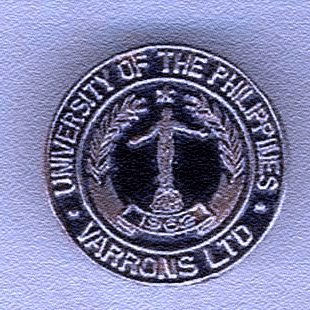





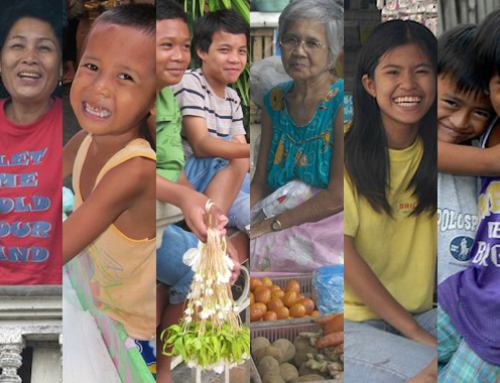

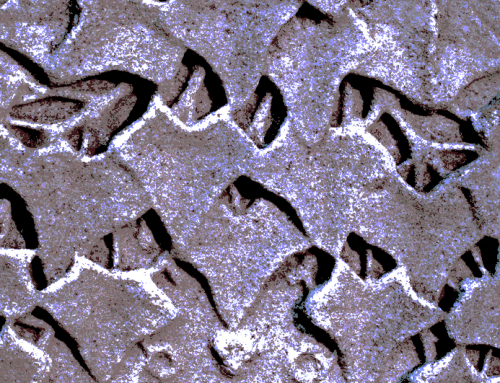
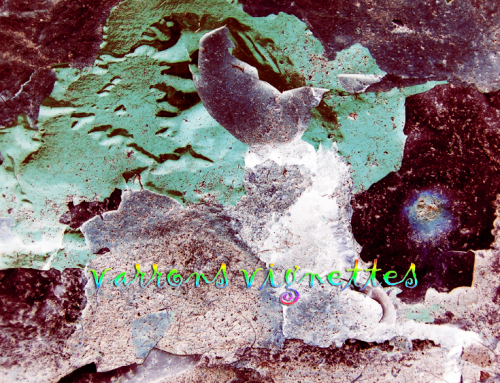
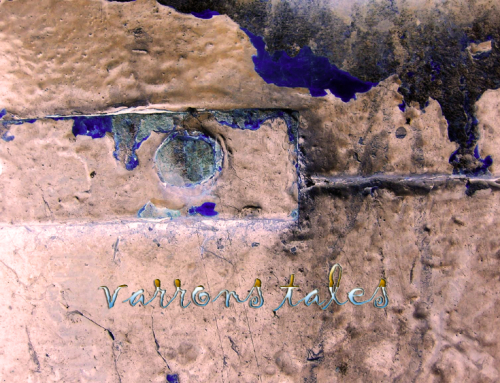
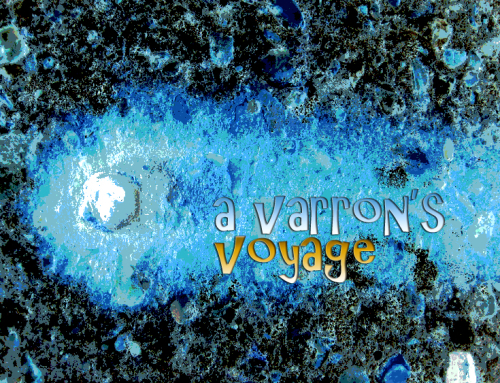


Leave A Comment